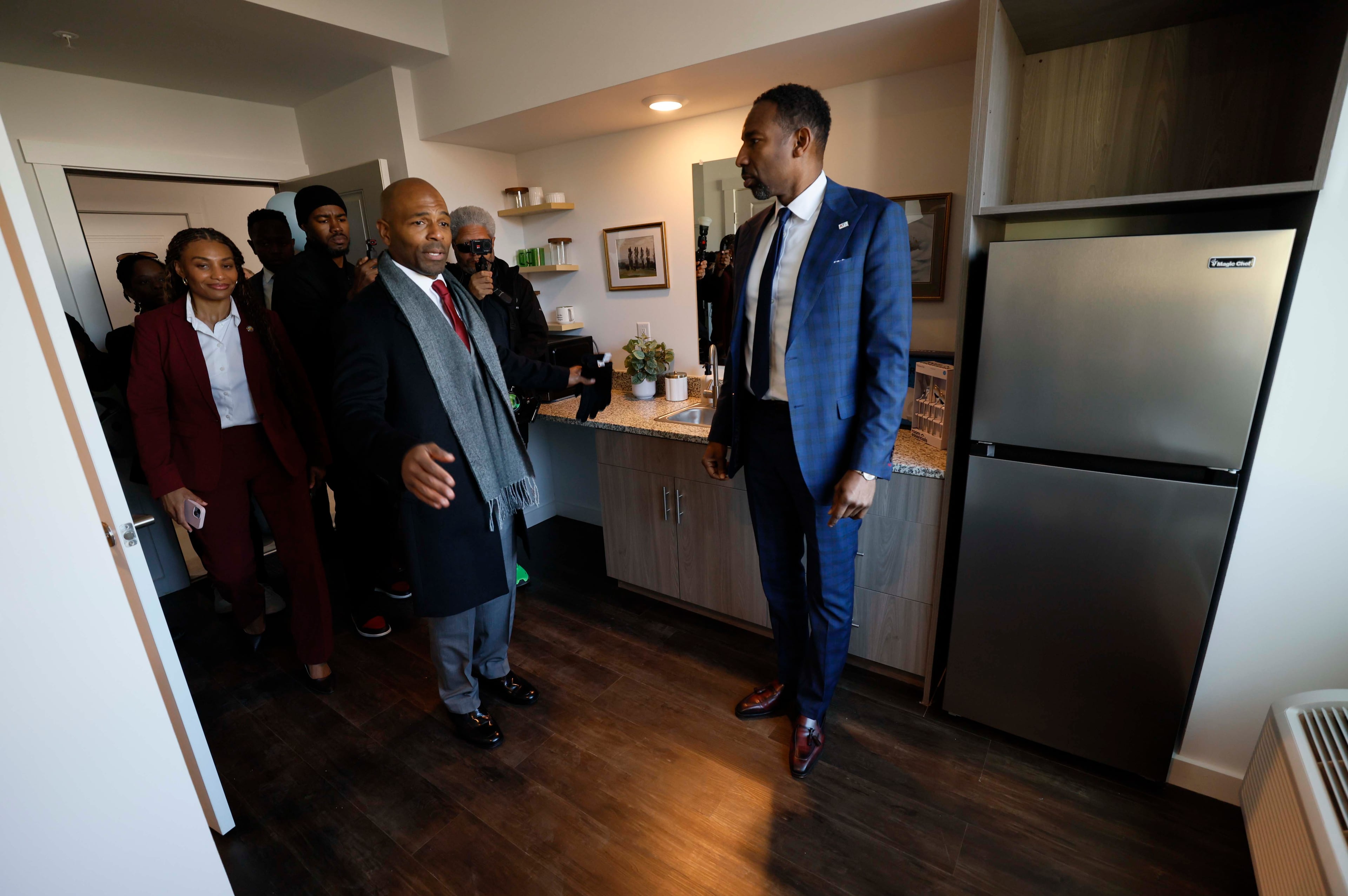Georgia has made strides in preventing school violence
A year ago, Georgia was changed forever by the tragic shooting at Apalachee High School. Four precious lives were taken, and countless others were left to grapple with unimaginable pain. But instead of being defined by that sorrow, our state has chosen a different path — a mission to turn tragedy into transformation.
As we remember the victims, we stand with every parent, student, school, district and out-of-school-time organization in our state in taking action to protect the children of Georgia.
Young people have the right to feel safe in school, and you deserve to know all that’s being done.
What’s being done to protect our kids?
In the aftermath of the Apalachee High School shooting, the FBI’s investigation revealed that warning signs were present dating back as far as a year before the attack. Had these warning signs been recognized and taken seriously, lives could have been saved. But when youth and adults don’t know what to look out for, it can be easy to miss or dismiss these signals.
Warning signs are often present before an act of violence or self-harm, which is why they’re so important for everyone to recognize. They can include behaviors like making threats, bragging about access to weapons, chronic social isolation, obsessions with other school shootings and more. When everyone — both youth and adults — knows how to spot these signals and seek help when needed, interventions can be made to stop a tragedy.
Greater awareness about the warning signs will be a key area of focus in Georgia schools moving forward. About six months after the tragedy, legislators from both sides of the aisle came together to pass a comprehensive set of new school safety laws under the Education; Safety, Health, and Well-Being of Students and School Communities bill (House Bill 268), part of which is modeled after Sandy Hook Promise’s SAVE Students Act. These new laws are not just words on a page — these words will protect kids and teens in Georgia schools.
Under the new law, by July 2026, Georgia schools will now be engaged in:
- Training students: All Georgia students in grades 6-12 will now be required to participate in one hour of evidence-based suicide prevention training and one hour of youth violence prevention training each school year, minimum. Examples of the types of training that students may receive could include lessons that raise awareness about the warning signs of violence and self-harm, activities that improve relationships between youth and caring adults, and much more. Students will become empowered to speak up if they recognize a warning sign among their peers.
- A lifeline for those in crisis: Schools will also be required to implement an anonymous reporting system, which can serve as a vital lifeline. It gives students and others a safe, confidential way to report concerning behavior, whether it’s related to self-harm, a potential threat or someone in crisis.
Beyond the classroom
Protecting children must expand beyond the classroom walls. Community organizations have been meeting youth where they are — both inside and outside of school — and have been working to address complex, often hyperlocal circumstances as they pertain to violence.
A great example of this kind of work is our strong partnership between Communities in Schools of Atlanta and Sandy Hook Promise, which has just entered its third year of implementation. This partnership is working directly with youth across metro Atlanta who have high rates of gun violence, building their skills in advocacy and communication. They are meeting students outside the traditional classroom setting, giving them a safe space to talk about the issues that impact them most.
Students have identified CIS Atlanta coordinators as their “Trusted Adults” — which are people that students can confide in and turn to for help. These relationships are often the key to preventing a crisis from escalating. To strengthen these bonds, coordinators are holding monthly “circle-ups” with students, providing a space for open dialogue and a deeper understanding of the unique local challenges they face.
Also, connections are being made with other local partnering organizations to broaden our collective violence prevention efforts and impact. By working together with existing local violence interruption organizations, we’re able to deliver more resources and protect more youth in schools, homes and communities throughout Georgia.
Taking action together
All of these developments are creating positive changes throughout our state, but there is still more work to be done. While nothing can ever bring back the lives that were taken in last year’s tragedy, we can honor their memory by taking a stand against violence and refusing to accept school shootings as anything other than preventable.
When we empower students to speak up, ensure they have trusted adults to turn to, and provide the tools to get them help, we can change the future for Georgia children and their loved ones.
Crystal Garrant is an Atlanta-area mother and chief program officer with Sandy Hook Promise. Frank Brown, Esq., is an Atlanta-area father and the CEO of Communities in Schools of Atlanta.

